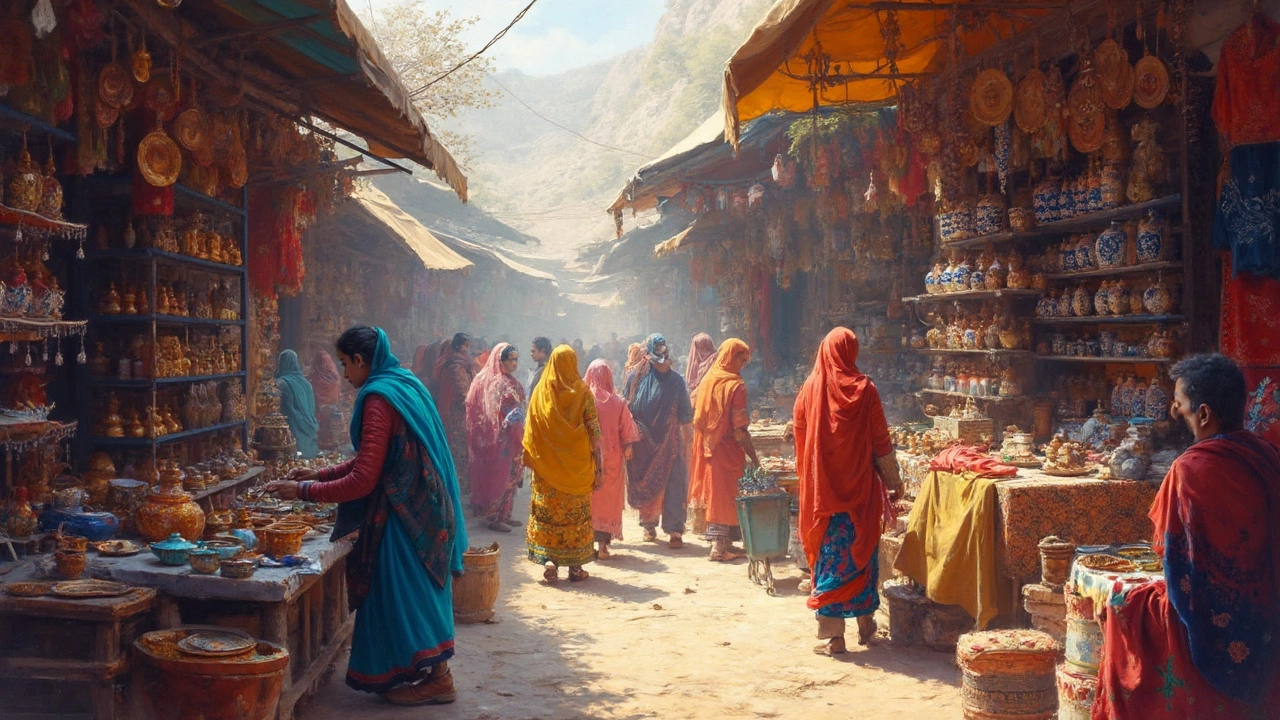Famous Indian Products: What Makes Them Globally Loved
When people think of famous Indian products, tangible goods rooted in centuries of skill, tradition, and regional identity. Also known as Indian handmade exports, these items aren’t just bought—they’re experienced. From the scent of sandalwood incense in a New York apartment to the silk sari draped at a wedding in London, Indian products carry stories far beyond their price tags.
Take Ayurveda, a holistic system of medicine using herbs, oils, and lifestyle practices developed over 5,000 years. It’s not just a trend—it’s a global wellness movement built on products like turmeric paste, neem toothpaste, and herbal oils. But here’s the catch: not all Ayurvedic products are safe. Some contain heavy metals, and others are mislabeled. That’s why real Indian Ayurveda, made by trusted families in Kerala or Varanasi, stands out.
Then there’s Indian textiles, handwoven fabrics like Kanchipuram silk, Banarasi brocade, and Madurai cotton, each tied to a specific town and craft lineage. These aren’t mass-produced. A single Kanchipuram sari can take months to weave, using real gold thread passed down through generations. You won’t find this level of detail in a fast-fashion store. And it’s not just clothing—think of hand-block printed quilts from Rajasthan or bamboo baskets from Assam. These are functional art.
And let’s not forget Diwali sweets, festival treats like laddoos, jalebis, and barfis that turn homes into candy shops every autumn. These aren’t just sugar. They’re symbols—of prosperity, sharing, and family. In Tamil Nadu, it’s mysore pak; in Punjab, it’s gajar ka halwa. Each region has its own recipe, passed silently from mother to daughter. That’s why global buyers don’t just want these sweets—they want the authenticity behind them.
These famous Indian products share one thing: they’re made by people, not machines. They carry the rhythm of village looms, the patience of temple kitchens, the memory of monsoon rains on hand-dyed cloth. You can’t replicate that in a factory. And that’s why, even in a world of AI and automation, these products keep selling out—from Dubai to Detroit.
What you’ll find in the posts below are deep dives into exactly these kinds of products—why they matter, how they’re made, and what makes them different from cheap imitations. Whether it’s the hidden dangers in Ayurvedic oils, the cultural meaning behind Diwali treats, or how a single thread can tell a 300-year-old story—you’ll see how Indian culture lives in every item.
